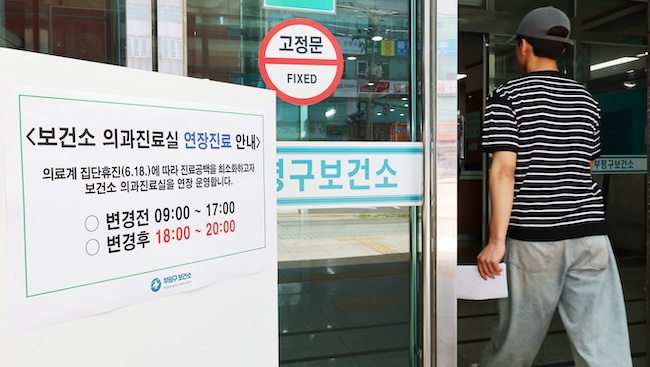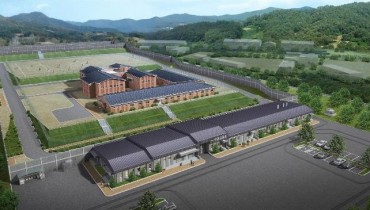
Public medical institutions in South Korea are grappling with an increasingly severe shortage of doctors. (Image courtesy of Yonhap)
SEOUL, Oct. 4 (Korea Bizwire) – Public medical institutions in South Korea are grappling with an increasingly severe shortage of doctors, a chronic issue that has pushed salaries to unprecedented levels.
In a striking example last year, a public medical center in South Jeolla Province hired an orthopedic surgeon for an annual salary of 620 million won.
According to data obtained by the Citizens’ Coalition for Economic Justice (CCEJ) and Democratic Party lawmaker Jeon Jin-sook from the National Assembly’s Health and Welfare Committee, 41.9% of the country’s 217 public medical institutions were understaffed as of June.
The total doctor shortage across these institutions reached 3,563.
The shortage is most acute in university hospitals under the Ministry of Education, which lack 2,831 doctors. This is followed by regional medical centers (309), veterans hospitals (109), the National Medical Center (107), and medical institutions operating under the Ministry of Health and Welfare (71).
The crisis extends to local public health institutions, with 131 out of 1,570 facilities unable to meet their staffing quotas.
According to the Regional Public Health Act, a minimum of 1,956 doctors should be deployed across public health centers in 16 cities and provinces, but only 1,466 are currently in place.
Regionally, North Gyeongsang Province faces the most severe shortage, lacking 110 doctors compared to the required staffing levels. South Jeolla Province and South Gyeongsang Province follow with shortages of 84 and 76 doctors, respectively.
Alarmingly, 594 public health centers, medical centers, and branch offices have no doctors at all. In these facilities, 456 rely on visiting doctors, traditional Korean medicine practitioners, or nursing staff to provide medical services.
The number of public medical institutions with suspended departments has also increased, rising from 38 in 2022 to 44 in September 2024. The total number of suspended departments has grown from 68 in 2022 to 88 in 2024.
Some institutions have faced long-term suspensions of certain departments. For instance, the rehabilitation medicine department at Daegu Seobu Geriatric Hospital has been suspended since May 2008.
To combat this shortage, public medical institutions have been offering increasingly high salaries. Mokpo Medical Center in South Jeolla Province successfully hired an orthopedic surgeon last year with an annual salary of 620 million won.
Uljin County Medical Center filled a radiology specialist position with a 506 million won annual salary offer.
The CCEJ emphasized the need for government intervention.
“At the very least, the government should directly train and deploy doctors needed for public medical institutions, establishing a system of mandatory public service,” the organization stated, urging the government and the National Assembly to swiftly pursue the establishment of public medical schools and introduce a regional doctor system to address the growing crisis in public healthcare staffing.
M. H. Lee (mhlee@koreabizwire.com)






